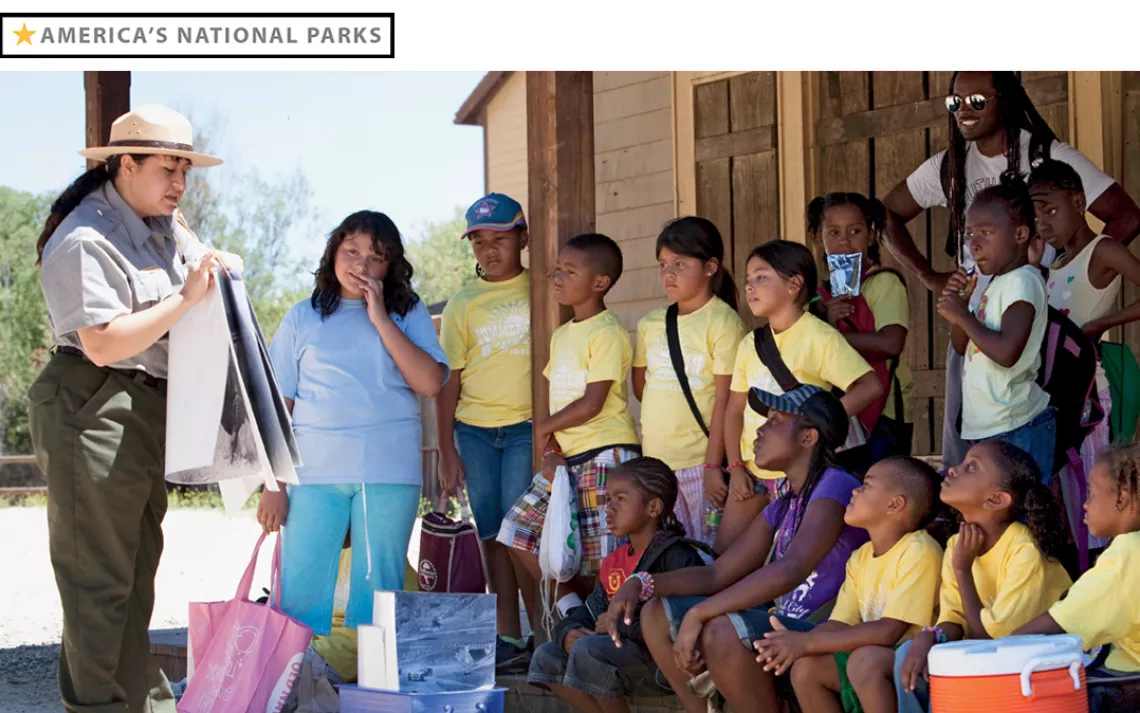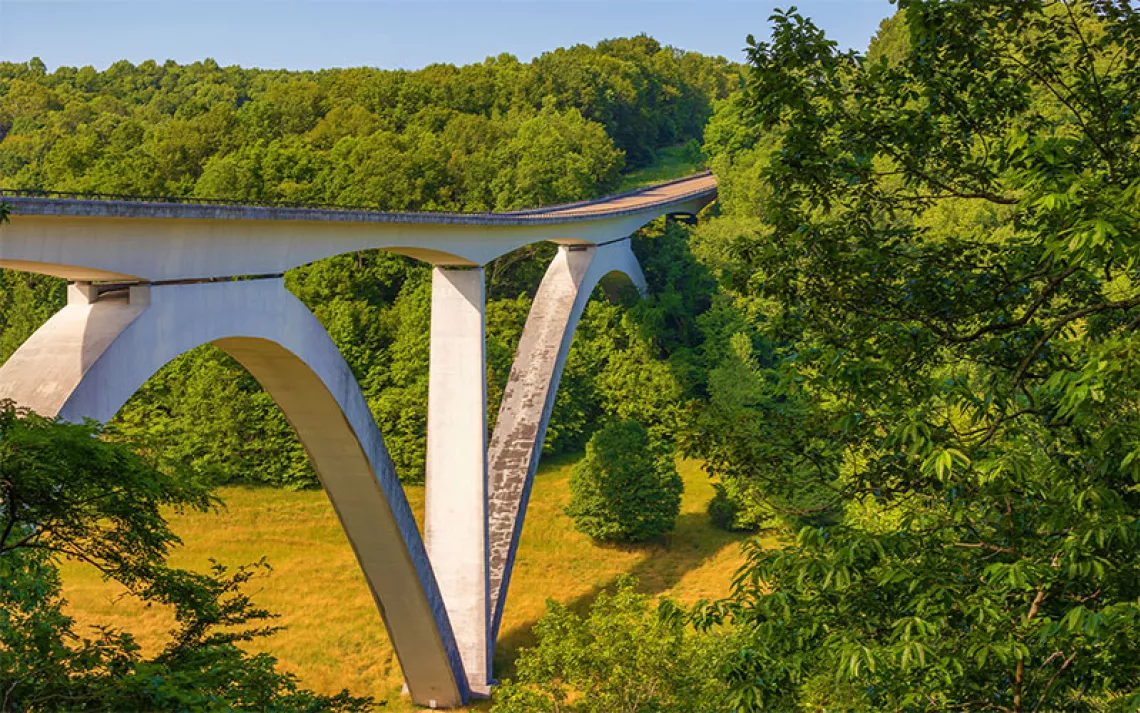Is Better Transportation the Ticket to Diversifying Our National Parks?
On the most basic level, simply getting to national parks is a major problem for communities of color

Programs like Ticket to Ride and Every Kid in a Park attract new visitors to the Santa Monica Mountains National Recreation Area.
|Photo by Ian Shive
Numbers don't lie, and when it comes to diversity in U.S. national parks, they don't look good, either. While national park visitation is rising steadily—with a record 307 million visits in 2015—only one in five visitors is a person of color, according to the best estimates available.
And surveys of individual parks have shown even worse imbalances. Take Arizona's Saguaro National Park: Less than 2 percent of the park's 650,000 visitors self-identify as Hispanic, according to park data. Given that 44 percent of people in Tucson, which literally bisects the park, identify as Hispanic or Latino, that number is pretty dismal.
It's not as if the Park Service leadership don't know that they have a problem—they do. As part of the ramp-up to its 2016 centennial celebration, the NPS issued "A Call to Action," which detailed a range of innovations—from public-awareness campaigns to adding exhibits and new parks and monuments—to engage communities of color.
On the most basic level, simply getting to national parks is a major problem for many families. Maite Arce, president and CEO of the Hispanic Access Foundation, grew up outside the Santa Monica Mountains National Recreation Area. But she says that even if she had known about the park, her family wouldn't have been able to get there: "Two of the top barriers keeping Latinos and other communities of color from accessing their parks the way other communities do are information and transportation, and they go together."
In response, the NPS is funding a range of public transportation programs. One example is a new YARTS (Yosemite Area Regional Transportation System) bus line, which launched last summer and connects Fresno (which is less than 50 percent white) to one of the park's main entrances. The service is making a visible difference, according to Yosemite park ranger Shelton Johnson, who has worked for decades to publicize the historic connections between African Americans and Yosemite and other national parks. (He lured Oprah to the park in 2010 to help the effort.)
"I take YARTS all the time, and I run into African American families on the bus," Johnson says. "It really does to a great degree diminish the fear factor of going into the unknown."
Anxiety is an important element in some African Americans' hesitation to visit iconic national parks, like Yellowstone or the Grand Canyon, that require a road trip, Johnson says. "Until at least the late 1960s, an African American family couldn't just hop in the Chevrolet and head out driving through rural America, and even today that idea will raise blood pressure. And no one goes on vacation to feel anxious."
Those memories can live on for generations, creating cultural barriers that reduce the participation of communities of color, Johnson says. "We learn to recreate from our parents, so if our parents never went to parks, as is the case with most minorities, the kids won't even think to go to national parks." Johnson is firm in his belief that seeing more folks from Fresno and Oakland traveling to the park will help.
Other parks are also addressing the transportation issue. Everglades National Park has a new trolley service on weekends from Homestead, Florida, and has added boat rides within the park. Expanded ferry service carries visitors to the Boston Harbor Islands National Recreation Area. In Ohio, the NPS has put funds toward rehabilitating and maintaining the Cuyahoga Valley Scenic Railroad, making it possible to visit Cuyahoga Valley National Park by train. One of the most important programs is Ticket to Ride, which in 2015 brought 70,000 schoolkids to national parks via bus. For the 2015-16 school year, the Park Service also launched the Every Kid in a Park program, which offers free admission to fourth graders and their families.
Unfortunately, though, as you've probably noticed when waiting for a local road to be repaired, things move slowly in the world of long-term transportation funding. A majority of the money for transportation related to the national parks comes from the Highway Trust Fund, which is administered by the Federal Highway Administration, which is managed by the Federal Lands Transportation Program. Just looking at that chain of command, you can imagine the red tape involved.
In a 2012 NPS study called Barriers to the Wilderness Next Door, Saguaro National Park identified insufficient public transportation access as a key factor in the park's lack of diversity. Four years later, chatter on park-visitor and travel websites for the city of Tucson indicates that people are still bemoaning the need for a car when it comes to accessing Saguaro National Park.
Clearly, there is still a bumpy road ahead.
 The Magazine of The Sierra Club
The Magazine of The Sierra Club



